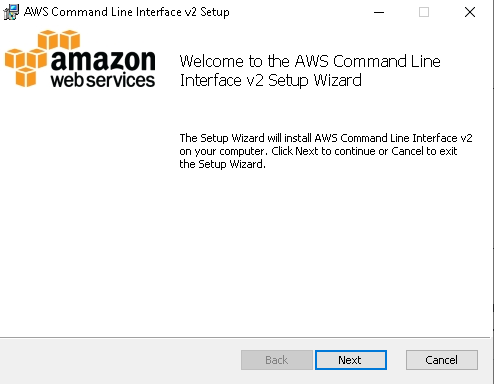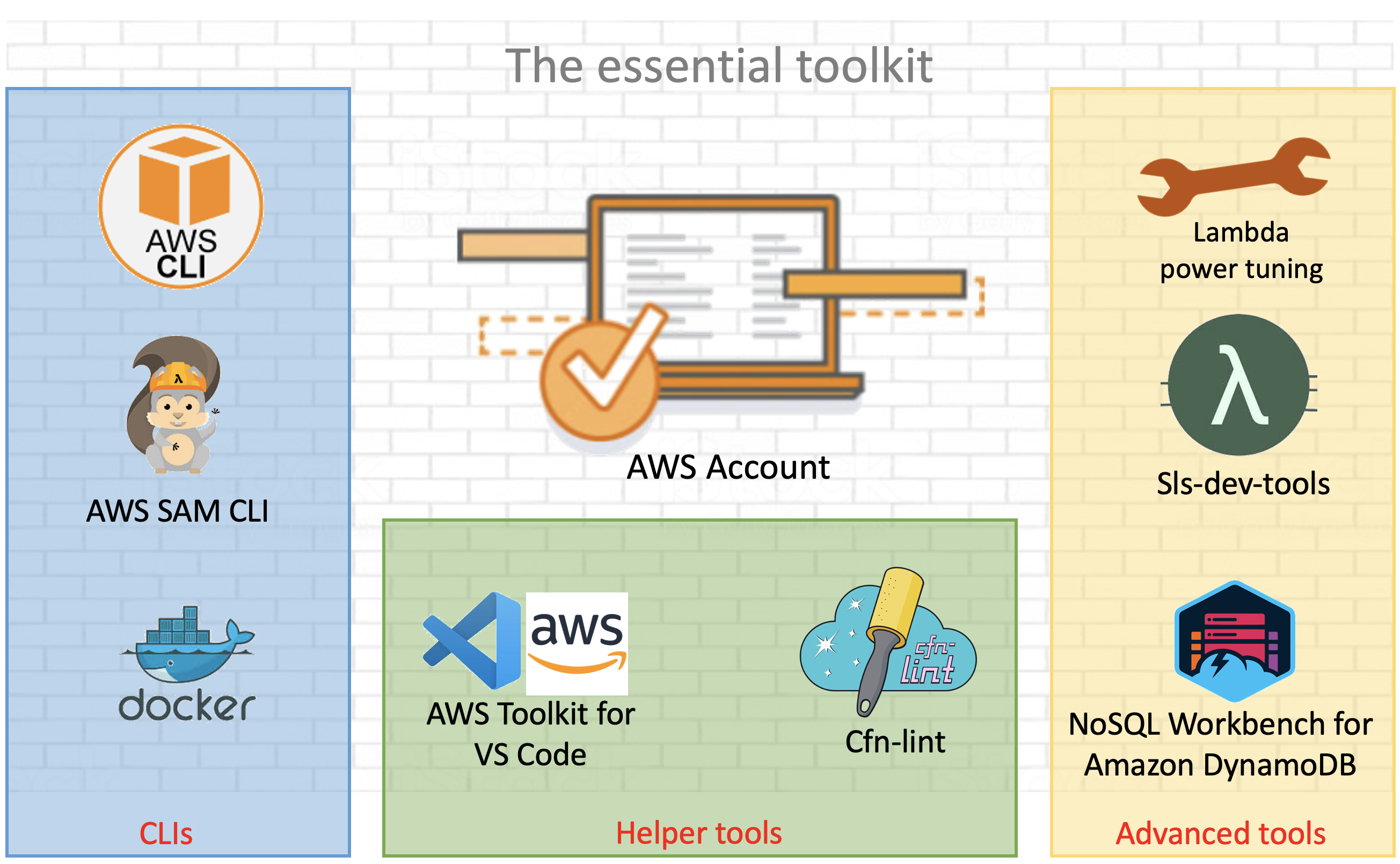Install Aws Cli On Docker Image
Key Features and Capabilities
- Install Aws Cli On Docker Image Command
- Install Aws Cli On Docker Images Of
- Install Aws Cli Into Docker Image
- Install Aws Cli On Docker Image Centos
The fastest way to design and deliver containerized applications and microservices on the desktop and cloud.
Simple Setup for Docker and Kubernetes
No need to fiddle with VMs or add a bunch of extra components; simply install from a single package and have your first containers running in minutes. You get certified Kubernetes and Docker, for developers of all levels of container expertise.
Certified Kubernetes
For information about installing the AWS CLI or upgrading it to the latest version, see Installing the AWS CLI version 2 in the AWS Command Line Interface User Guide. Install Docker Docker is available on many different operating systems, including most modern Linux distributions, like Ubuntu, and even macOS and Windows. Because Docker CLI does not support standard AWS authentication methods, client authentication must be handled so that ECR knows who is requesting to push or pull an image. This can be done with a docker login command to authenticate to an ECR registry that provides an authorization token valid for 12 hours. Important: Replace arn:aws:lambda:us-east-2:12:layer:mypythonlibs:1 with the layer ARN from step 5. (Optional) Use the Docker images for your Lambda package. You can also use the amazon/aws-sam-cli-build-image Docker images directly for your Lambda package, without creating a layer. This can be achieved by installing the AWS CLI or the command-line interface, using which you can perform many administrative activities on your AWS Account. There is a very good article, Learn AWS CLI: An Overview of AWS CLI (AWS Command Line Interface), on how to get the AWS CLI installed on your machine. For Mac users in the 17.06.0-ce-mac19 version you can simply move the Disk Image location from the user interface in the preferences option Just change the location of the disk image and it will work (by clicking Move disk Image) and restarting the docker. Using this approach I was able to use my external hardisk for storing docker images.
Setup a fully functional Kubernetes environment on your desktop with a single click and start developing and testing modern applications in minutes.
Application Templates and App Designer
Customize and share multi-service applications and service templates that are tailored to your organization. Pre-defined and customizable application templates adhere to corporate standards and automate configuration, eliminating error-prone manual setup. Intuitive Application Designer facilitates the packaging, installing, and managing of multi-service applications as a shareable package.
I want to create an AWS Lambda layer that's compatible with target environment runtimes. How can I do that?
Short description
When you develop Lambda functions, you choose between supported Lambda runtime versions. To create Lambda functions and layers that are compatible with specific runtimes, you can use an AWS Serverless Application Model (AWS SAM) to automatically create the new resources. Or, you can use the AWS SAM's underlying amazon/aws-sam-cli-build-image Docker images to create them.
Resolution
Note: If you receive errors when running AWS Command Line Interface (AWS CLI) commands, make sure that you’re using the most recent AWS CLI version.
The following instructions use Python as an example. For other coding languages, adapt the steps accordingly.
1. If you haven't already, install Docker for Linux, Windows, or macOS on your computer.
2. Create the appropriate directory structure and specify your dependencies in the pip requirements file (requirements.txt). For more information, see Requirements files in the pip user guide.
For example, if you want your Lambda layer to be compatible with Python versions 3.6 and 3.8, the structure looks like the following:
Note: The total unzipped size of the function and all layers can't exceed the unzipped deployment package size limit of 250 MB.
For more information about Python version support in Lambda, see Building Lambda functions with Python.
3. Run the following command once for each runtime that you specified in the directory structure. Doing this installs the libraries compatible with that runtime in the appropriate subfolder.
Install Aws Cli On Docker Image Command
Important: Replace 3.6 with 3.7 or 3.8, depending on the compatible libraries that you want to install.
4. Run the following command to zip the python folder and create the layer package. The .zip file is deflated in the /opt folder of the Lambda environment, and this folder is accessible from your Lambda function code.
Note: Replace mypythonlibs with any name that you prefer.
5. Run the following command to create or update the layer. Include the compatible runtimes that you specified earlier.
Important: Replace mypythonlibs with the package name that you used in the previous step. Replace My python libs with any description that you prefer.
In the output, note the layer's Amazon Resource Name (ARN). You need the ARN for step 6.
6. Run the following command to update your Lambda function configuration to use the layer:

Important: Replace arn:aws:lambda:us-east-2:123456789012:layer:mypythonlibs:1 with the layer ARN from step 5.
(Optional) Use the Docker images for your Lambda package
You can also use the amazon/aws-sam-cli-build-image Docker images directly for your Lambda package, without creating a layer.
1. Run the following command to get the required versions of your dependencies:



Important: Replace 3.6 with 3.7 or 3.8, depending on the compatible libraries that you want to install.
Install Aws Cli On Docker Images Of
2. Create a Lambda deployment package that includes your function code and the correct libraries.
Related information
Install Aws Cli Into Docker Image

Install Aws Cli On Docker Image Centos
Lambda (AWS CLI Command Reference)
